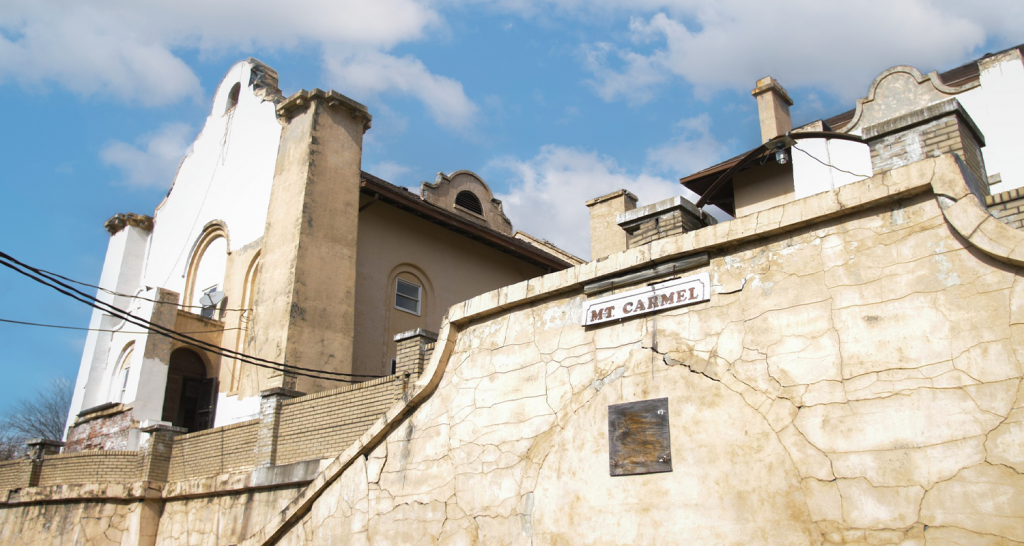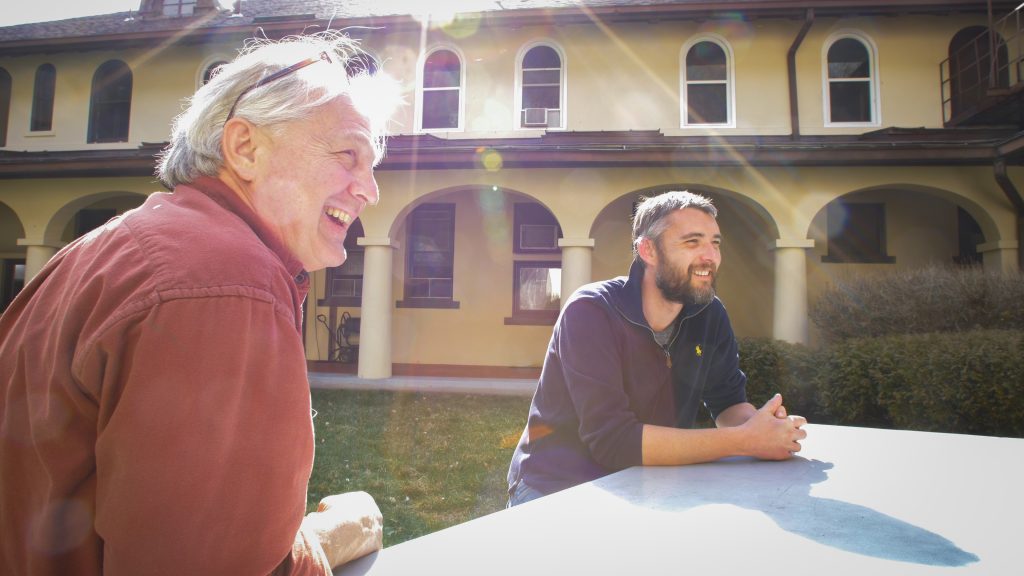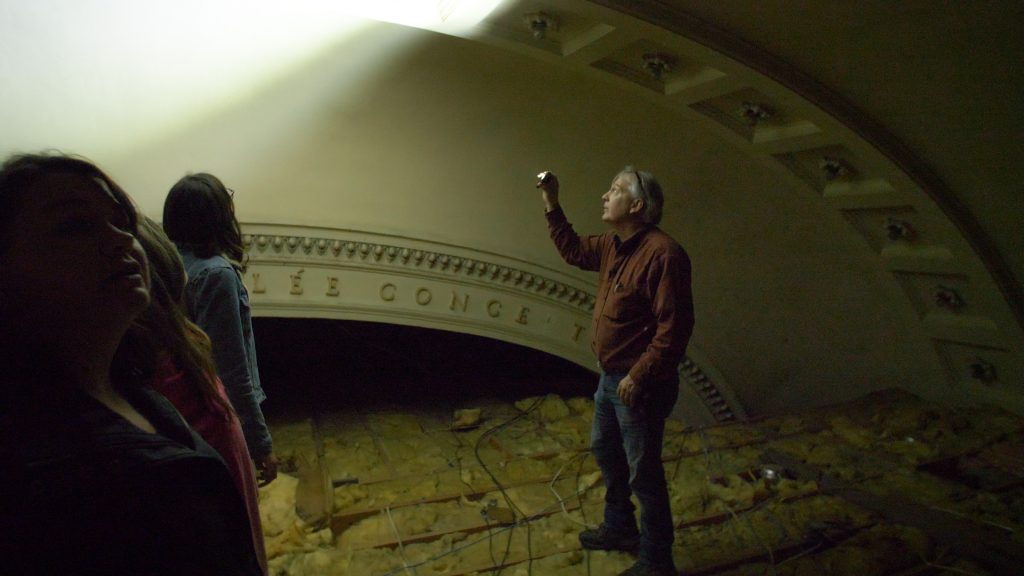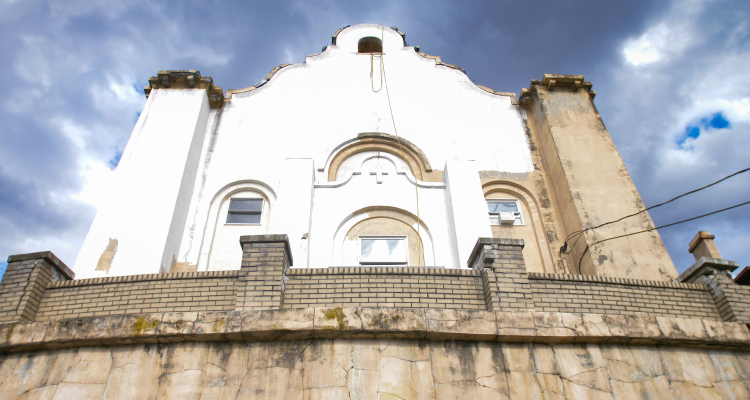On just about every corner in Wheeling, you’ll find something that reminds you of a time that came before you. Drive around long enough and your mind will start to ask, what wonders wait behind the façade? What must have it been like to live there? If it were mine, how would I change it and what would I add?
Jeffrey Morris felt that way about the preservation of the Mount Carmel Monastery.
WHEELING’S WONDERLAND
Growing up in Moundsville, trips to Wheeling often meant taking a little extra time to look at the city’s wonderland of building styles.
“We would drive around on Sundays when I was a kid and look at old buildings,” he recalled. “I eventually really fell in love with old buildings and with architecture.”

Jeffrey and parents, Jeff and Zoe Morris, recently took ownership of Mount Carmel Monastery and plan to breathe life and community back into its walls. Though the COVID-19 crisis has slowed the projected opening date, the Morris family plans a mixed-use space that will feature a boutique-style hotel, a restaurant, and event space.
“Our core criteria is to have a place the community can come back to on a regular basis. Something that fits locals first,” Jeff Morris said.
Together, the Morris family brings a wealth of preservation experience to the project. Jeff worked as an engineer while fixing up rental homes in the area for many years. Later, the family-owned and operated a home remodeling business in Canonsburg, Pennsylvania.
Jeffrey began helping his dad at a young age, he said, recalling a small red toolbox he’d carry with him, along with a hammer and one nail. He would go on to combine a then-budding love of travel with work in property development. Jeffrey has since visited 40 countries and lived in Australia before returning to the area to help develop The Venue, a luxury apartment building in downtown Pittsburgh.

“With his design eye and our ability to make things happen, we’ve been evolving from a fixer-upper mentality to a development project,” Jeff explained.
CARMELITE COMMUNITY
Atop Carmel Road, fronted by a narrow drive that was once a trolley track, the Spanish mission-style monastery is a callback to Wheeling’s religious past. It was designed by architect Frederick Faris, and the building’s cornerstone was laid in 1915 with the purpose of creating a permanent home for the Order of the Discalced Carmelites. When it was finished two years later, Mount Carmel Monastery became the home of four Carmelite nuns.
Considered to be the strictest of Catholic female religious orders, the Carmelites took their name from Mount Carmel in Palestine. According to the Carmelite Communities Associated website, they are “rooted in an ancient Order inspired by the prophet Elijah and reformed by St. Teresa of Avila. Our Carmels are built on a foundation of continual prayer, silence, solitude, community and selective presence to the world.”
Prior to the Second Vatican Council, once a novitiate professed her solemn vows, she would remain within Mount Carmel’s walls away from family and friends in a life of prayer and poverty. While parishioners attended Mass at the monastery’s chapel, the nuns remained in cloistered silence behind iron grates, their vows forbidding them from direct interaction with the public. This may have lent a mysterious air to Mount Carmel that remains to this day, but once you’re within its dark wooden archways, it’s not hard to see why the women stayed.
“It’s naturally interesting to realize the nuns were hidden away there in these hallways and cloisters,” Jeffrey said.
FROM MONASTERY TO APARTMENTS TO ‘THE MONASTERY’
After the remaining sisters were moved to another monastery in Danville, Pennsylvania, in the 1970s, ownership of Mount Carmel changed hands a number of times. Most recently, it was in use as apartments with the building split into two wings and sectioned off by a maze of new walls.
A drop ceiling was installed over what was once the chapel’s soaring archway, though the heavy carved doors of the monastery’s original entrance remain untouched. The stucco-clad walls of the building’s exterior feature prominent “eyebrows” at the roofline, and Jeff said there are plans to restore the tops of the two bell towers.

The monastery’s central courtyard is truly the heart of the building, ringed by porches and a wall of ivy. Once renovations are complete, Jeffrey said 17 hotel rooms will overlook the space, creating a gathering area in nice weather. With the two sides of the building now rejoined, the building’s entry will welcome visitors to a circular central lobby directly off the parking lot.
“There will be three spires coming off of that entry for the bar and restaurant, events center and then the hotel rooms,” Jeffrey explained.
As the COVID-19 lockdown began, Jeffrey said the family invited their contractor and other friends in need of a place to socially isolate to move into the monastery’s vacant apartments. Since then, they’ve been able to take care of cleaning up and removing mechanicals in the basement that are no longer in use.
“When this all started, we sat down and talked about it, how it would affect the project, what it would look like, how we would plan for it. Even before we realized how extensive the lockdown would be, we had made the decision that we would continue construction as soon as we were allowed,” Jeffrey said. “We’re planning on starting work on the exterior and the grounds in August. Our projected opening is late summer/early fall of 2022.”
[template_part type="video" title="The Mount Carmel Monastery" description="An inside look at the renovations as they begin on Carmel Rd." url="https://youtu.be/BflqNRhBfxs"]Having now lived within Mount Carmel’s walls for a few months — in an isolation not unlike that the nuns would have experienced — Jefferey said the feeling of welcome and warmth he experiences in the building is exactly what’s most important to him once The Monastery (as it’s set to be named) is complete.
“We want to have a sense of emotion as soon as you step through the doors,” he said. “This building has the most positive supportive energy I’ve ever been in. It’s like a big battery of goodwill.
“The valley definitely needs something like this,” Jeff said. “With historical properties, you have to find the means to make the ends. Without that, things like this building would sit here and dissolve. We want to create a space that you never want to leave.”


